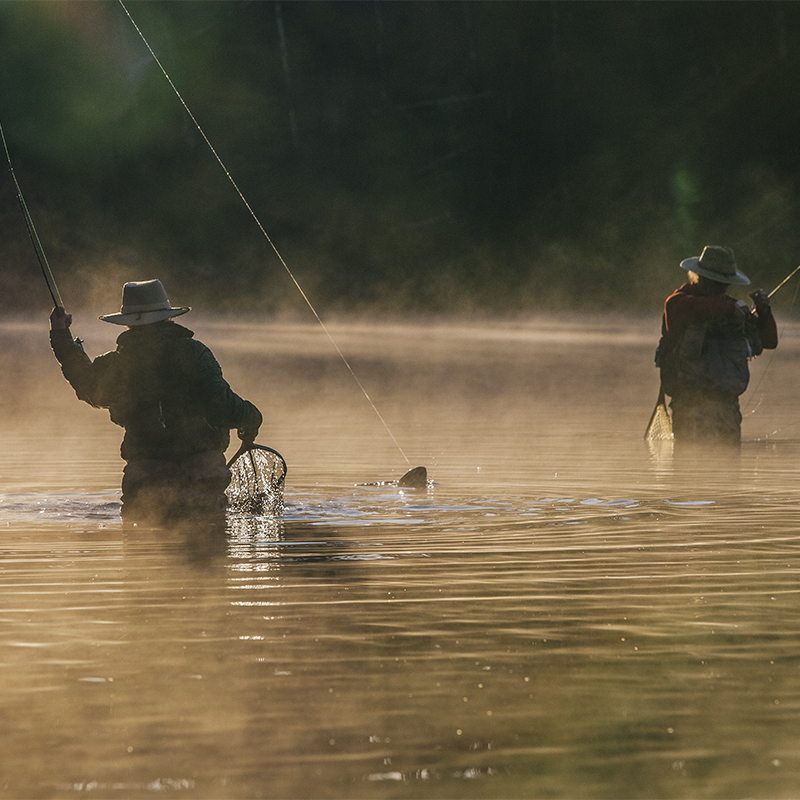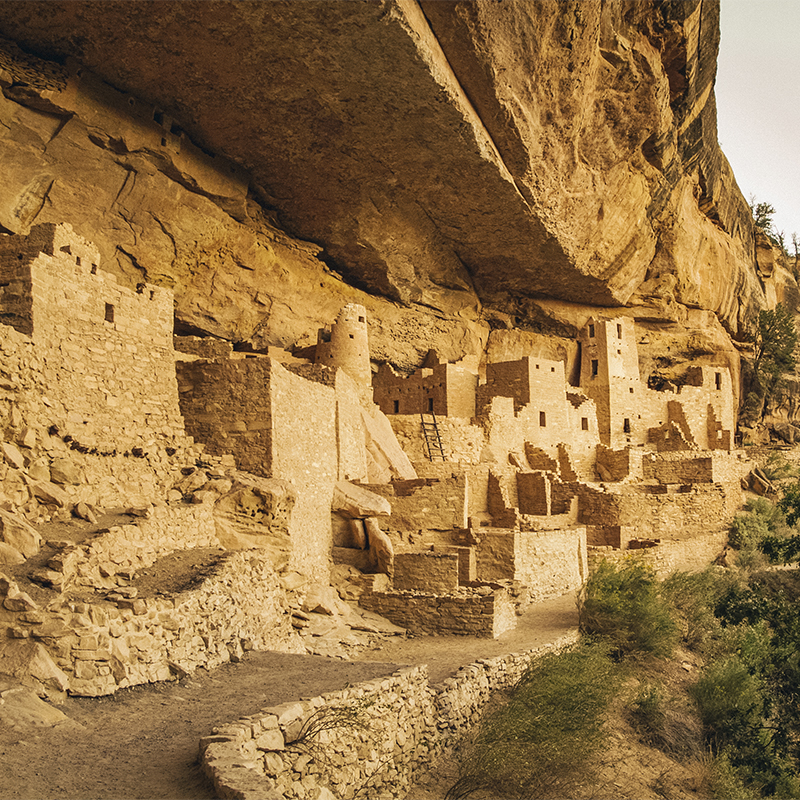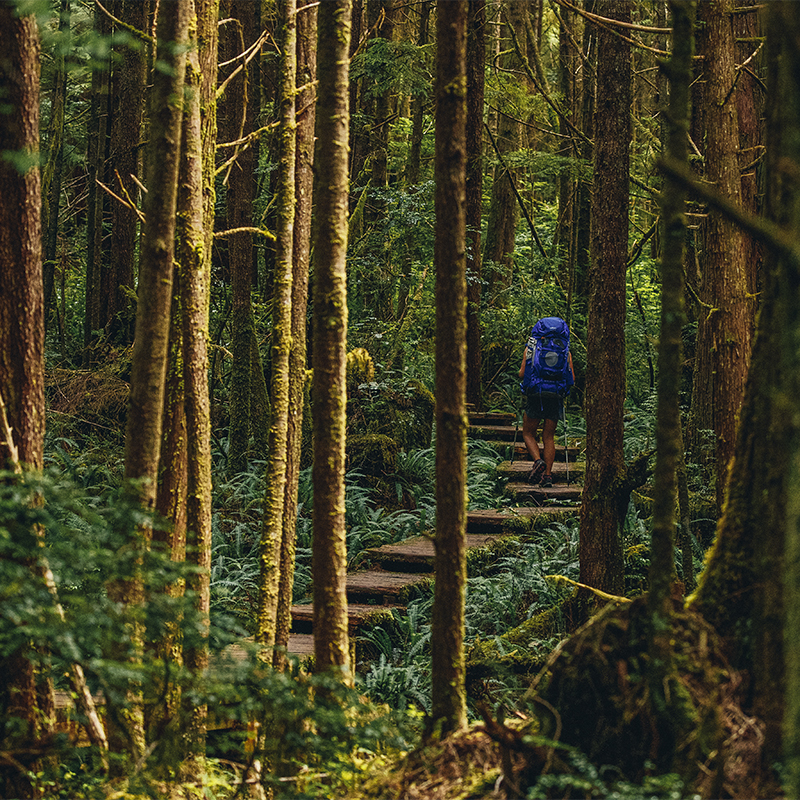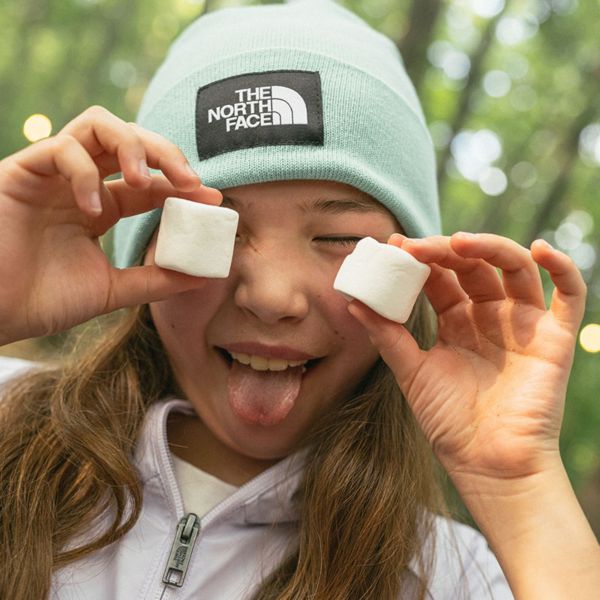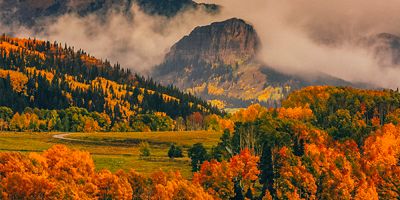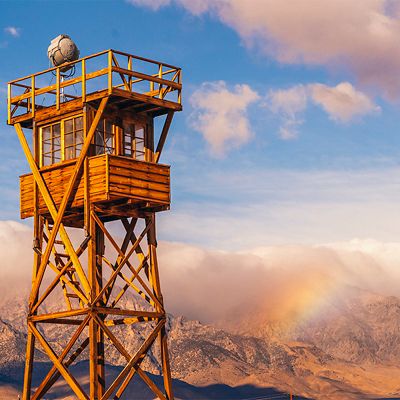America’s public lands start with the national parks. They’re the seeds from which has grown one of the world’s leading systems of protected land. From the geysers of Yellowstone National Park––the country’s first and oldest––to the sprawling glaciers of Alaska’s Wrangell-St. Elias National Park (its largest), America’s 63 national parks encompass some of the most spectacular natural areas on the planet. These parks are managed by the National Park Service, which was founded in 1916 and now manages a vast collection of parks, monuments, and other preserves. The NPS oversees a total of 423 national park sites spanning more than 84 million acres.
“The parks do not belong to one state or to one section…The Yosemite, the Yellowstone, the Grand Canyon are national properties in which every citizen has a vested interest,” said Stephen Mather, who served as the first Director of the National Park Service from 1917-1929. “They belong as much to the man of Massachusetts, of Michigan, of Florida, as they do to the people of California, of Wyoming, and of Arizona.”
A century later, the National Park Service safeguards a much larger swath of public land, but nothing has changed about the original, bold idea: This land belongs to the people. Our mission at Public Lands is to ensure continued preservation and access to these beautiful spaces for generations to come. We know that the simple act of heading outside can yield some of life’s best moments—transformative experiences with friends, family, or alone in nature. We also know that many folks haven’t had the opportunity to visit a park yet, and we want to change that. Our aim is to encourage and enable people to get out there and experience this land that is for them, whether it’s for the first time or the hundredth time.
To truly understand a place is to love it. Below you’ll find a guide to the National Park Service, where you can learn more about what some have called America’s best idea. Elsewhere on this site you can dig even deeper and learn about specific parks, what gear to bring, how to plan a great trip, and skills for recreating safely. Enjoy what’s yours.


